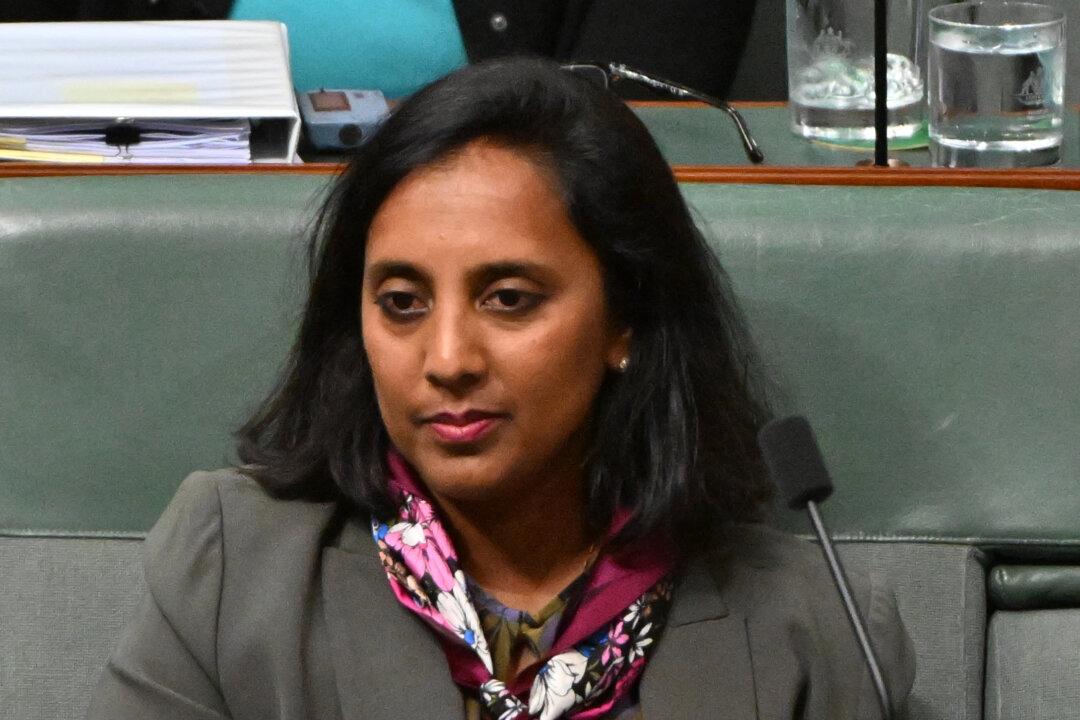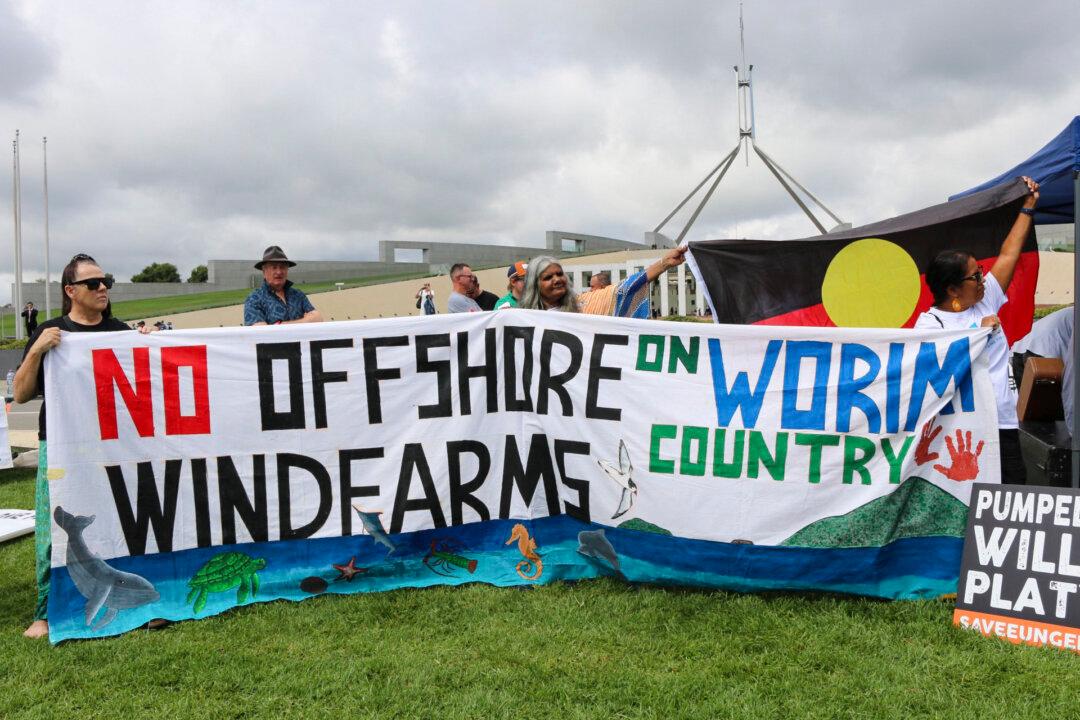Millions of workers across Australia will now have access to paid domestic violence leave, while some others will have to wait until August as the new law comes into effect on Feb. 1.
Under the new legislation, employees at Australian businesses with a headcount of over 15 will receive ten days of paid family and domestic violence leave per year, starting from Feb. 1.





